As you shuffle into class for an important assignment, your non-dominant hand begins to rhythmically tap the golden-brown wood of your desk while your foot joins in unison. The teacher pauses the lesson to stop you, but you end up distracted and confused by the end of class.
Sophomore Alyssa Faye Radley thinks fidgeting varies on the surroundings.
“When it comes to fidgeting, I think there are multiple different types in general,” said Radley. “It really depends on the person.”
Radley commonly fidgets with whatever they have with them, whether that be spinning a pencil, tapping the table, or using a fidget toy, depending on what they have on hand.
Lots of misconceptions float around about fidgeting as a whole. High anxiety can cause people to feel restless, resulting in small movements in the hands or feet to sustain focus. This type of fidgeting may be an attempt at self-regulation of stress or a student’s attempt to focus to perform better at the current task.
While not exclusive, fidgeting is also commonly associated with Attention Deficit Hyperactivity Disorder (ADHD), which leads to limited attention and hyperactivity, often in the form of fidgeting.
Senior AJ James has ADHD and has a lot of experience regarding fidgeting as a whole.
“I feel like progressively as time goes on, we become more receptive of people who have things like ADHD,” said James.
Fidgeting doesn’t always mean that someone is bored or isn’t paying attention. It often means they’re trying to stimulate their brain while trying to pay attention.
A 2021 study by NTU Psychology showcases the difficulty of focusing during a large lecture. Punishing students for fidgeting during teaching by extension removes a tool for students to increase focus and decrease stress. This can make it difficult to properly process the necessary information without missing crucial details.
“I remember when I was in elementary school, I had a first-grade teacher that I think saw me fidgeting as me slacking off or doing something to distract myself from work when it was actually helping me,” said James.
While fidgeting is a helpful tool to improve your focus, it’s important to be mindful of others around you. If a student is, for example, loudly tapping on their table, teachers shouldn’t completely stop them but instead give them a non-disruptive alternative.
Non-auditory or visual fidget toys designed to provide stimulation are an excellent tool to keep focus in check, as long as they don’t intrude on the task at hand. A fidget cube or a twisting tangle are excellent examples but try to avoid something that is too auditory or visually stimulating to yourself and others.
Fidgeting can be an excellent tool in a student’s arsenal, providing a means to harness focus and attention to retain as much information as needed in our current school system and beyond.


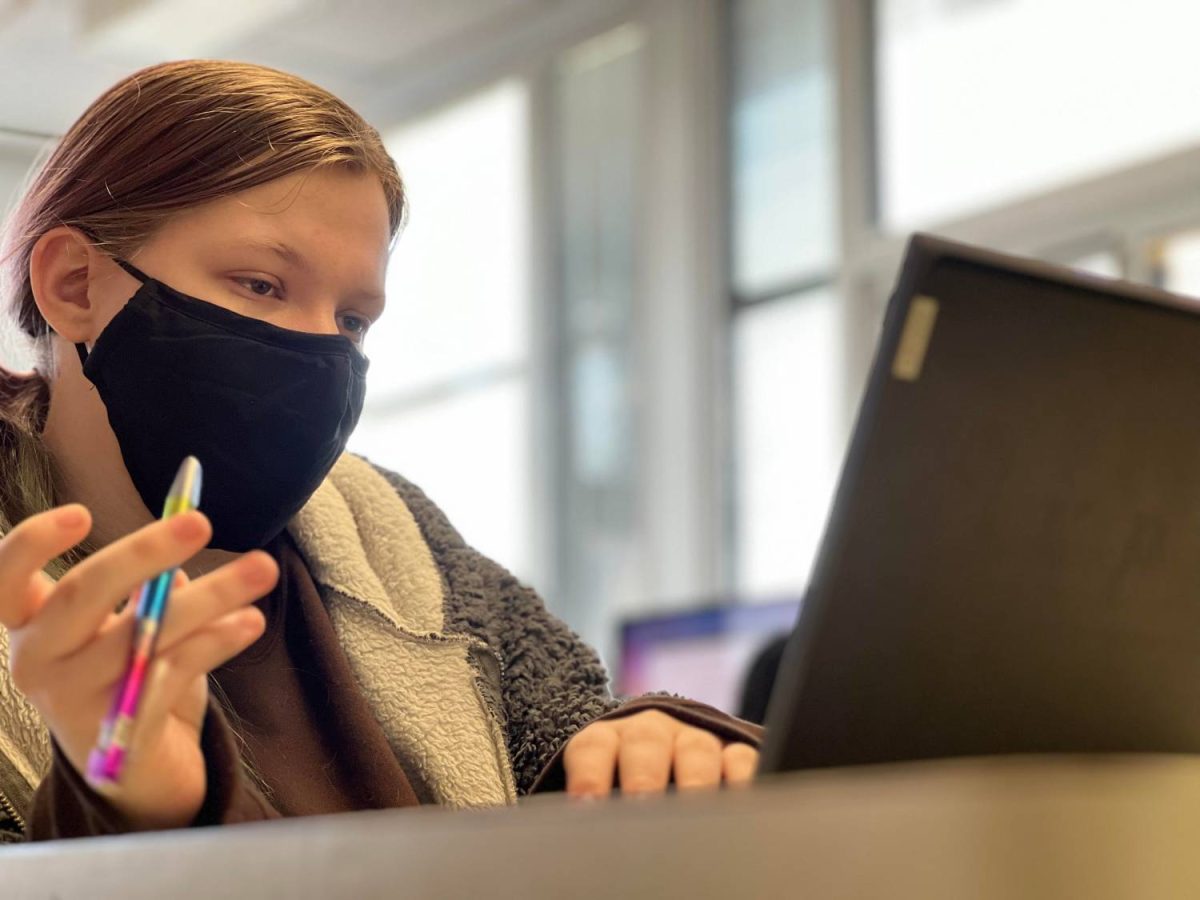
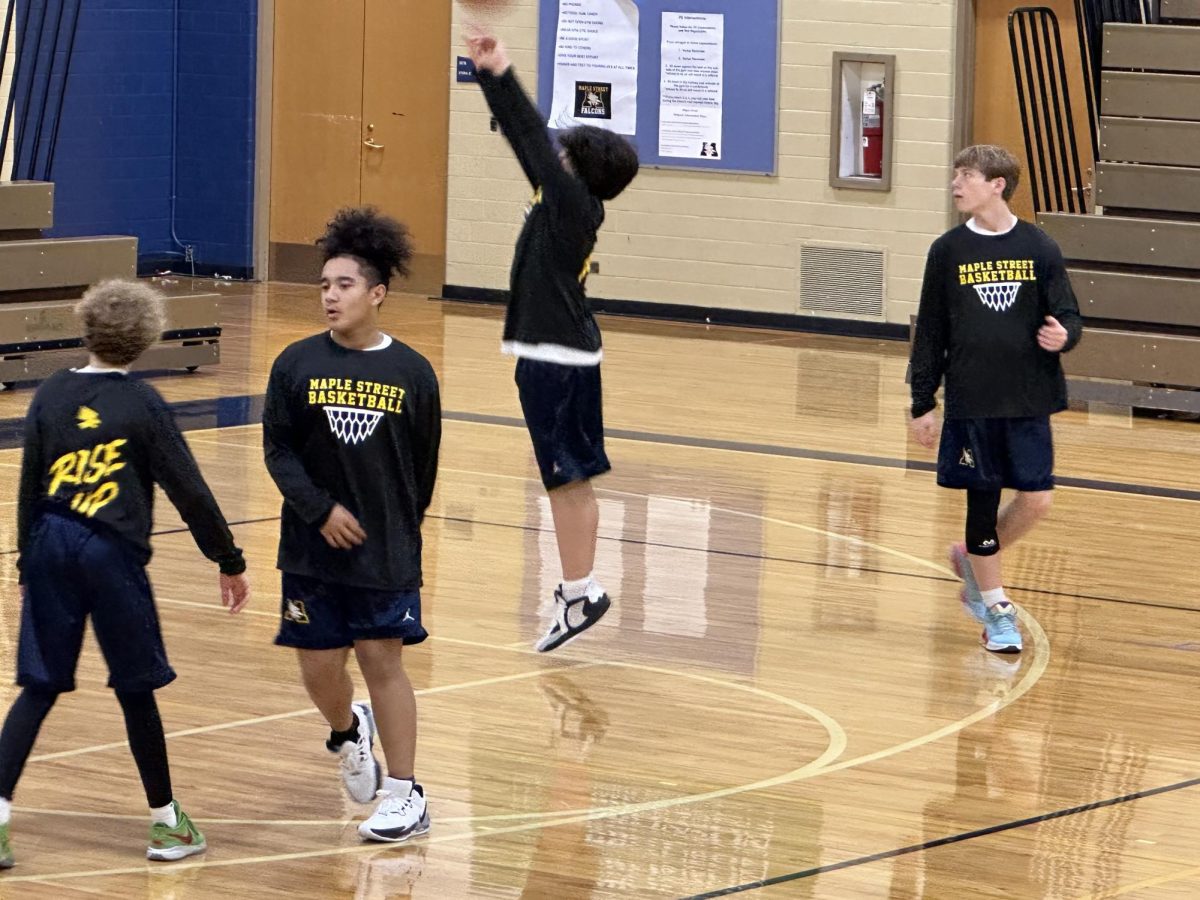
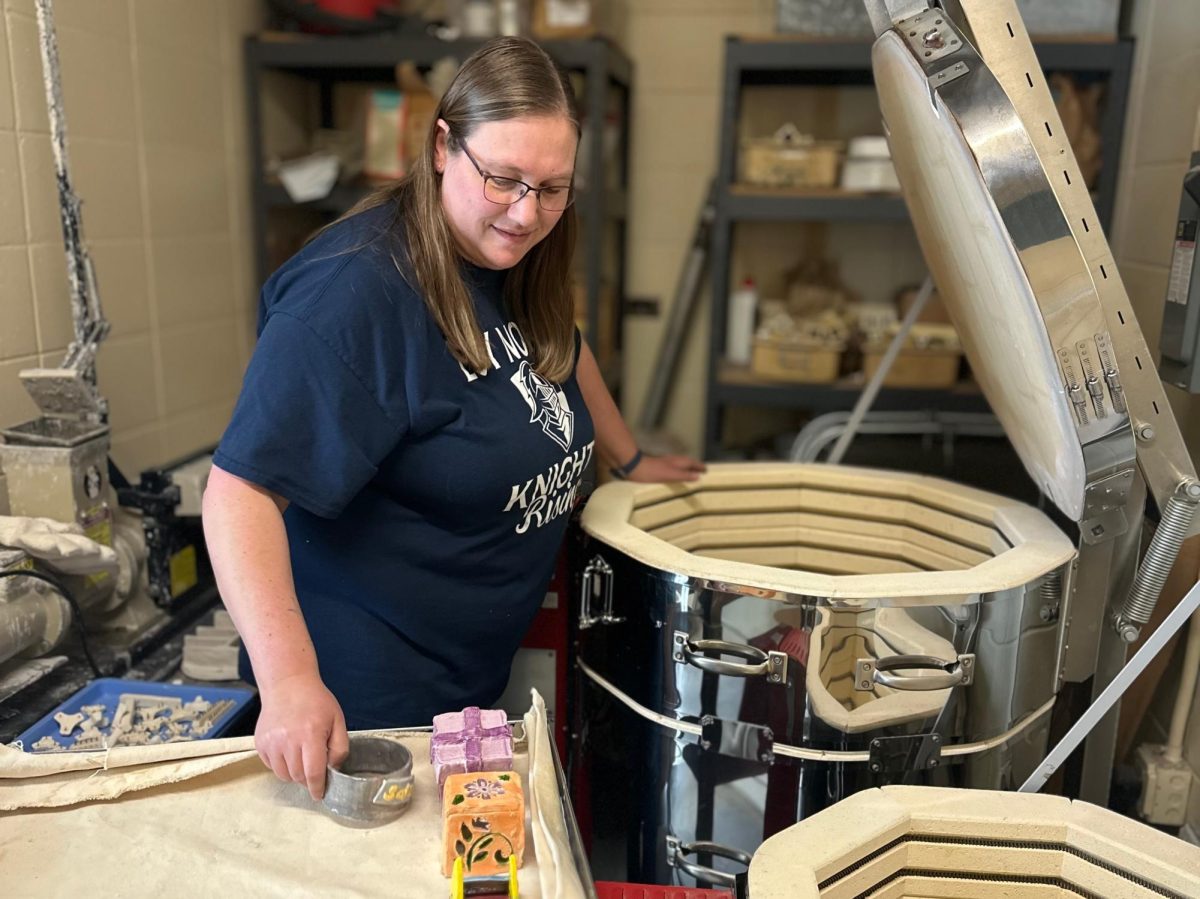
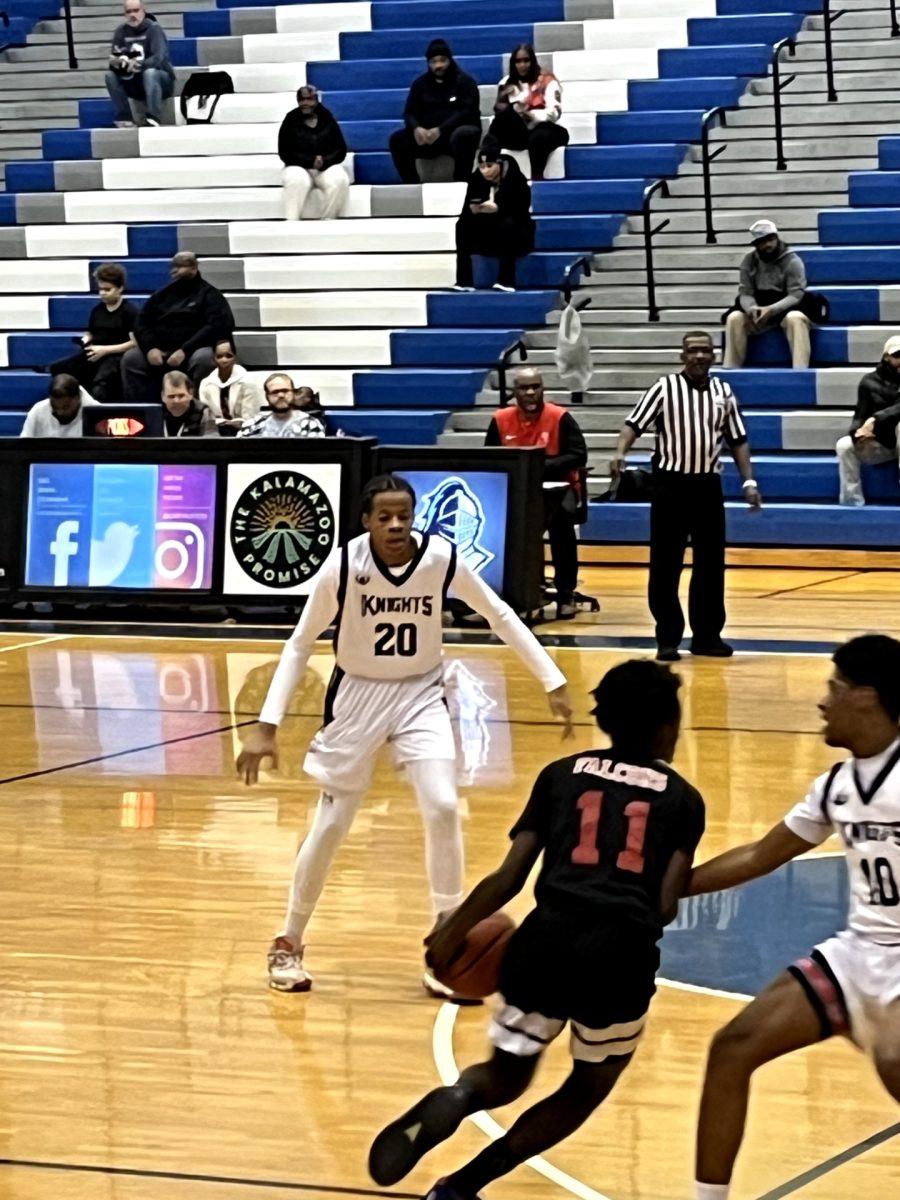

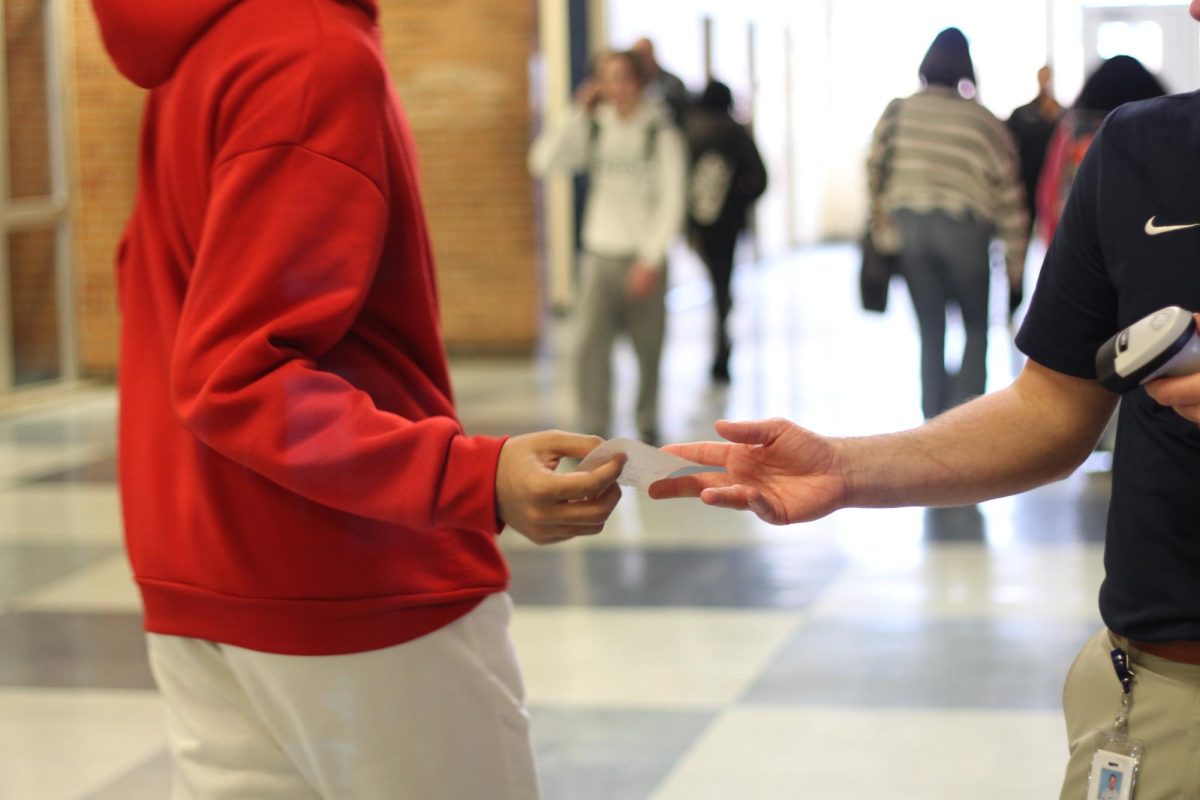


"Elli Kastner, Guest Writer" • Apr 12, 2024 at 11:02 am
Look Ma, I made a “Knight Life”!